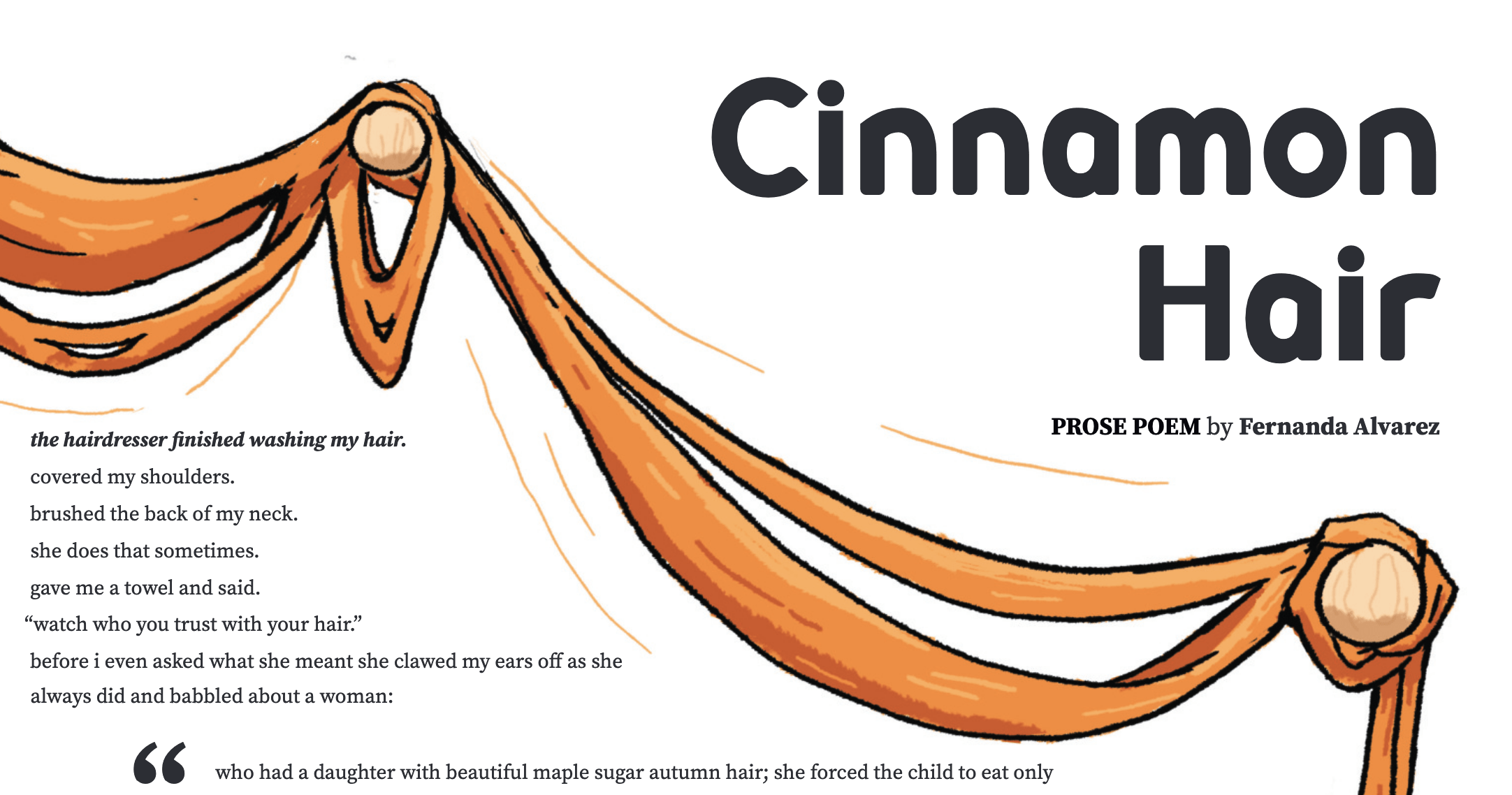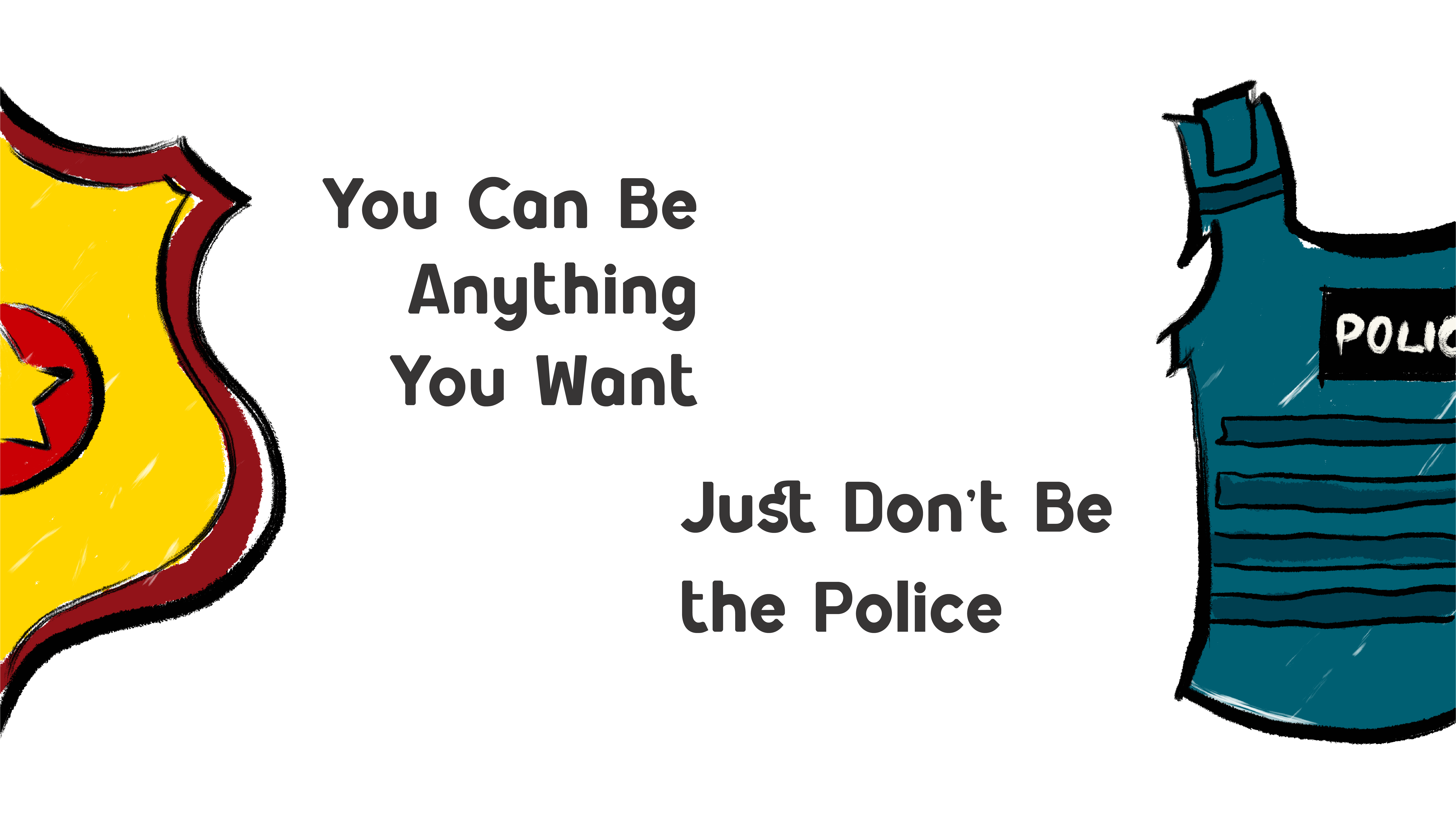
Comics are a medium of image, but it’s not often that an artist can make an image feel like sound, make lines on paper fill your head with noise. “Keeping Two“ by Jordan Crane achieves this: The thick lines become the sound of a crunch, shining flares become the sound of bells, and the story itself conducts a sweeping symphony in the reader’s head.
“Keeping Two“ at its core is the story of a young couple, Connie and Will. After a long day of stressful highway driving, the couple arrives home. Unsure what to do for dinner, they agree that Connie will go get groceries, and Will will wash the dishes piled up in their sink. The book follows the events of the next five hours as Connie fails to return home. However, the book explores places in time and space beyond that present timeline.
Will’s anxiety about what could’ve happened to Connie fuels most of the novel: When she doesn’t show up after an hour, when she left her phone at home, when she’s not at the store she said she was visiting, Will starts to spiral. As Connie fails to return, Will is reminded of his childhood suspicion that people die in threes. He starts to panic that, along with his Mom’s dog and a friend’s brother, Connie will fill that third spot.
Crane’s cartooning is deliberate down to the panels themselves. Panels are the boxes in comics that keep the moments of a story separate and typically have lined borders. Crane’s novel is almost entirely drawn on a grid two panels wide and three panels long. Because of this consistency, the reader doesn’t get lost when Crane breaks the pattern of thick, flat lines surrounding the drawings to panels that have no borders at all. Non-bordered panels are used to explore memories, anxieties and intrusive thoughts, the experience of reading, and transcendent experiences. By utilizing non-bordered panels, Crane makes the reader aware they aren’t in the present.
One of the key ways non-panel borders are used is for the moments of in-plot reading. Connie is seen reading a book about a different couple, Daniel and Claire. Daniel and Claire’s story becomes increasingly intertwined with Connie and Will’s, especially in how literature becomes a medium that shapes their memories and anxieties. When Connie and Will argue about the outcome of the novel they’re both reading and the fictional couple’s relationship, their argument becomes parallel to their own life. More than that, their reading of the novel parallels the reader’s experience of reading Connie and Will’s story.
The novel Connie and Will are reading is miserable, following the marital issues of Daniel and Claire after her failed pregnancy. Although that deep misery is more intense than the argument Connie and Will have on the drive home, both couples struggle to see eye to eye in moments of tension. Later, it’s revealed that Will dislikes the book and its melancholy, but Connie defends it. This becomes a turning point in their relationship — at the end of the novel where Daniel and Claire are stranded in the ocean, Connie notes it’s not a miserable ending to her: “If they drown … you are drowning them.”
“Keeping Two” is not a novel for the faint of heart. Characters grapple with pregnancy complications, suicidal ideation, and intrusive thoughts in ways that are intense that only a graphic novel can deliver: imagining everything that could happen to your partner if they are lost on the street is distinctly different in text than it is in image. Crane’s depictions of these moments of pain, although sometimes graphic, don’t come off as insensitive. That said, anyone who finds the subjects mentioned here triggering might want to skip this book. The lowest lows feel raw because of the lack of words, not the excess: They are drawn in ways that many do struggle to put words to.
“Keeping Two” is not a story about the happy moments in the relationship. Perhaps the miserable novel Connie and Will keep passing back and forth is the same miserable novel in the reader’s hands. But “Keeping Two” is an incredibly human book. Its characters can be hurtful to each other, unreasonable, bitter, loud, and mean, but at the same time they are caring, quiet, patient, and loving. Connie and Will yell at each other over bumpy highway driving but embrace each other in musical image, diamonds and lines swirling on the page. “Keeping Two” asks us, in moments of ambiguity, to choose if we drown, or if we can allow ourselves to be rescued.
Book details: ‘Keeping Two’ by Jordan Crane, Fantagraphic Books, 2022, hardcover, $29.99
Teddie Bernard (BFA 2023) is the Comics Editor at F Newsmagazine. They would rather everyone else slow down than change their watch battery.







